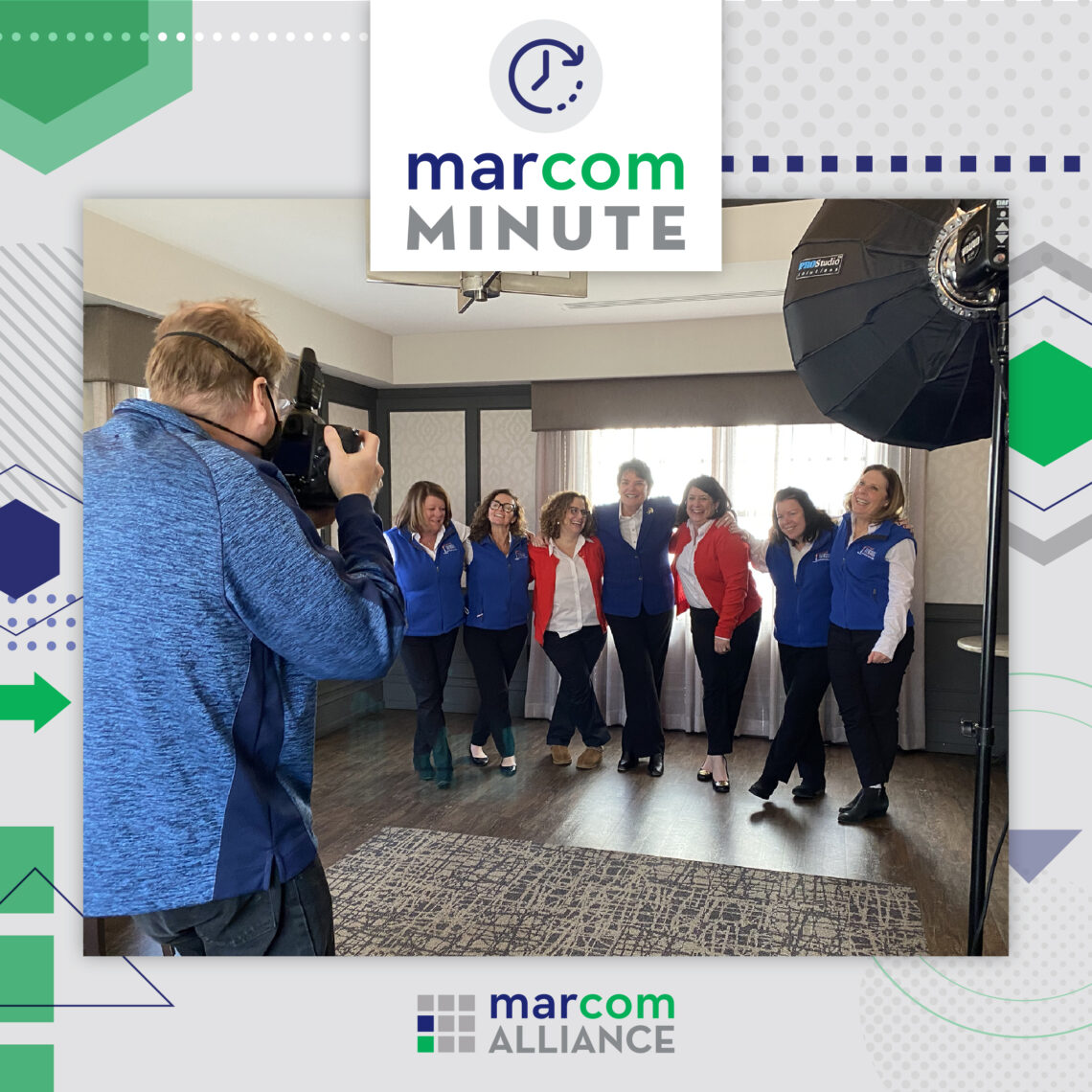When you work with multiple clients, it is easy to forget that not everybody remembers everything you have explained over the years. I was reminded of this recently so for this newsletter I thought I would go over a few basic things that all creatives should know when working with professional photographers and the images they produce.
“How Big Is It?”
When giving photo size requirements, it is best to describe a photo by it’s pixel size: “2000 x 2000 pixels”. If you need a particular size, for printing as an example, it needs to be expressed with it’s dimensions as well as dpi (Dots Per Inch) “5×7 at 300dpi”. Photos that are to be printed require a higher resolution than those that are only going to appear on screen. As a general rule, prints require 240dpi or better while screen resolution is usually 72dpi. The same photo will appear quite sharp on a computer monitor at 10 inches yet will only produce a satisfactory print 4 inches or smaller. The larger the file, the better the quality, the more options available. Size does matter.
“Compression Depression”
Far and away the most common digital image format is JPEG or JPG. Billions of photos everyday are created with the .jpg extension but all is not butterflies and rainbows. Those “Jay-peg” pictures are being compressed – usually at a 10:1 ratio. With the convenience of a smaller file size comes the trade off in quality – particularly if you open and close the photo multiple times. It is best to shoot and store in a non-compression format such as TIFF or Photoshop’s PSD. If quality is your primary concern, get the bigger memory stick or hard drive. You’ll thank me later.
“The Magic Photoshop Button”
Can’t you just Photoshop it? Retouching is easy now. Please fix this cell phone photo – I’m sure it won’t take long. SIGH……
Let me start by saying that Adobe Photoshop is a mind blowing amazing software that I have been using on a daily basis for 23 years now. Things are easier and faster than just five years ago. However, I have yet to find this magic “Just Photoshop It” button. What may appear as a simple task can be quite involved. An example would be removing telephone wires from an architectural photo. If those wires have a simple blue sky behind them, no sweat. Those same wires in front a brick building with windows, shadows and few trees, not so much. Before deciding that digital retouching is the answer, consult with the person doing the retouching, because, (and nobody likes this answer) it depends.
If these photo facts are news to you or this was a simple refresher, don’t hesitate to reach out to me with any questions. I’m happy to help.

